I. Core Application Scenarios
1. River and Stream Water Level Monitoring
Ultrasonic level sensors provide real-time, non-contact water level measurement across a wide range of 0.5 to 15 meters, with an accuracy of up to ±0.5%. This makes them ideal for dynamic environments like rivers and streams, especially for flood forecasting applications.
Equipped with high-frequency transducers (40 kHz to 1 MHz), the sensors can effectively penetrate surface turbulence. Integrated with sound velocity compensation algorithms—adjusting for ambient temperatures from -20°C to 60°C—the system ensures reliable and stable data acquisition.
Example:
In mountainous river regions, ultrasonic level sensors are deployed with wireless communication modules (4G or NB-IoT), enabling real-time data uploads to cloud-based hydrological platforms. This supports rapid decision-making during flood events.
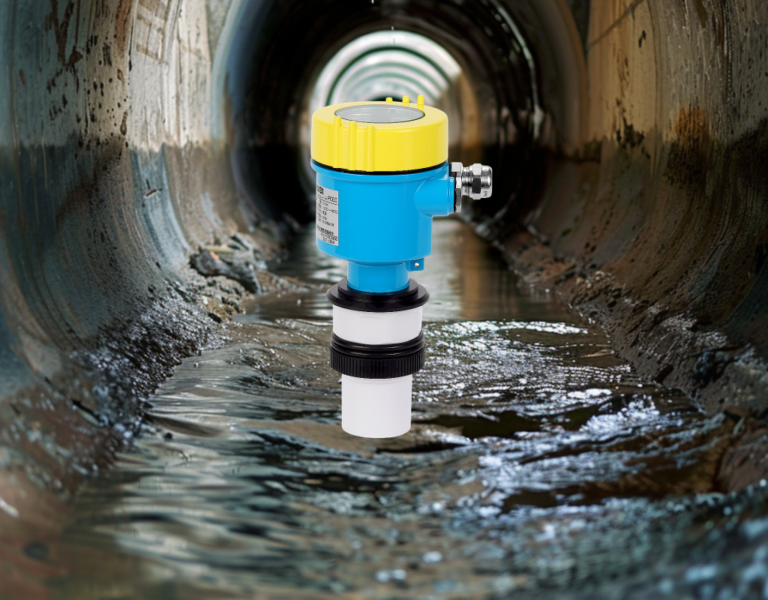
2. Lake and Reservoir Management
For long-term monitoring of lakes and reservoirs, ultrasonic level sensors offer robust construction and high environmental tolerance. With IP68 protection and 316L stainless steel housing, they are resistant to high humidity, salt spray, and corrosion.
Example:
In a municipal drinking water reservoir, a split-type ultrasonic level sensor (measuring range: 10 meters, accuracy: ±0.3%) is integrated into the SCADA system via RS485/Modbus protocol. Automatic alarms are triggered when water levels exceed safety thresholds, reducing manual inspection efforts by over 80%.
3. Wetland Ecology Protection
In ecologically sensitive wetland zones, ultrasonic sensors accurately measure shallow water levels (0.1–2 meters), supporting hydrological regulation for ecosystem conservation. The non-invasive design minimizes disturbance to flora and fauna, unlike traditional float-type sensors. Additionally, the sensors can withstand organic acids such as humic acid, common in wetland waters.
4. Marine Tides and Coastal Monitoring
In high-salinity and wave-prone marine environments, ultrasonic level sensors must be specially configured with surge-protected probes and anti-salt-mist coatings. Advanced echo filtering techniques—such as dynamic threshold algorithms—are used to suppress false signals caused by wave reflections. Maximum measurement range can reach up to 20 meters.
Example:
At a coastal tide observation station, the sensor updates measurements every 10 seconds with an error margin less than ±1 cm, providing accurate data for oceanographic and meteorological research.
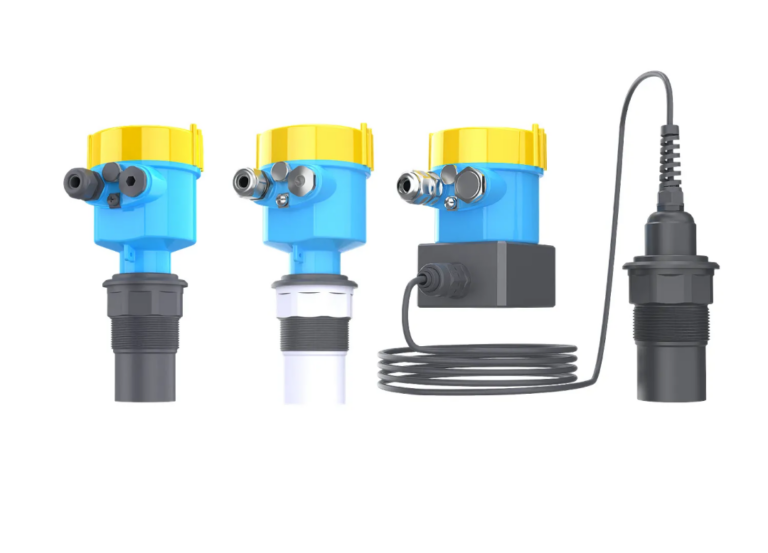
II. Technical Advantages and System Compatibility
1. Environmental Adaptability
Non-Contact Measurement:
Eliminates contamination risks and avoids interference from aquatic life or debris, making it ideal for sensitive ecosystems.All-Weather Operation:
Operates reliably from -40°C to +80°C and maintains performance in rain, snow, or strong winds.Anti-Interference Performance:
Employs FFT (Fast Fourier Transform) signal processing to filter out noise from floating debris, bubbles, or foam.
2. Smart Features and Integration
Remote Data Transmission:
Supports standard communication protocols including 4-20mA, HART, LoRa, and NB-IoT for seamless integration with smart water platforms.Low Power Design:
In solar-powered mode, the system consumes less than 0.5W in standby and can operate continuously for over 3 years without external power.
3. Cost Efficiency and Ease of Maintenance
Low Installation Cost:
No need for pipework or structural modifications—sensors can be easily mounted on bridges, embankments, or existing structures.Minimal Maintenance:
Annual maintenance involves simple cleaning of the sensor surface using a soft cloth and periodic sound velocity recalibration.
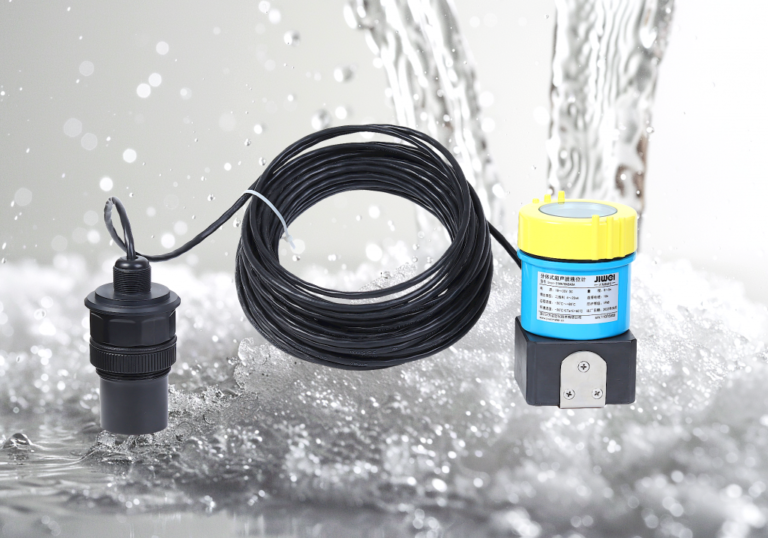
III. Selection Guidelines and Installation Best Practices
1. Sensor Selection Criteria
Measuring Range & Accuracy:
For rivers: 5–10 meters with ±0.5% accuracy
For marine/coastal zones: ≥15 meters with ±1% accuracy
Frequency Selection:
Calm water: Low-frequency probes (30–50 kHz)
Turbulent areas: High-frequency probes (100 kHz–1 MHz) for better interference rejection
2. Installation Considerations
Install the probe vertically downward. The distance between the sensor and water surface should be at least 10% of the total measuring range to avoid blind zones (typically 0.3–0.5 meters).
Avoid installation near waterfalls, gates, or areas with severe turbulence to prevent measurement errors caused by splash reflections.
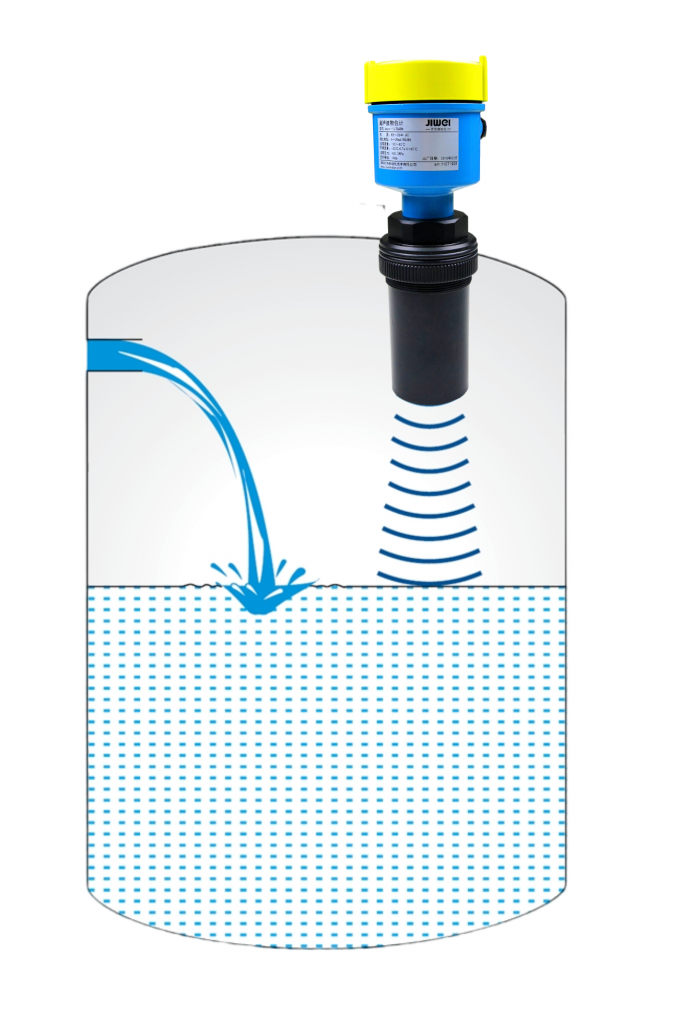
IV. Case Studies and Impact Analysis
Yangtze River Flood Control Project
Twelve key hydrological stations were equipped with ultrasonic level sensors (15-meter range, ±0.3% accuracy) integrated with an AI-based flood prediction model. This reduced the emergency response time from 2 hours to just 30 minutes, averting over 500 million RMB in annual flood-related losses.
Poyang Lake Ecological Monitoring Network
Fifty solar-powered ultrasonic sensors were deployed to monitor water levels, evaporation rates, and seasonal fluctuations. As a result, the efficiency of ecological water replenishment improved by 40%, and over 1,200 hectares of critical bird habitat were successfully restored.
V. Future Trends and Development
Multi-Parameter Integration:
Combining water level sensors with water quality probes (pH, turbidity, conductivity) to enable comprehensive “level + quality” monitoring systems.Edge Computing:
Onboard AI algorithms enable real-time anomaly detection (e.g., sudden level drops from illegal sand mining), improving the timeliness of alerts and actions.
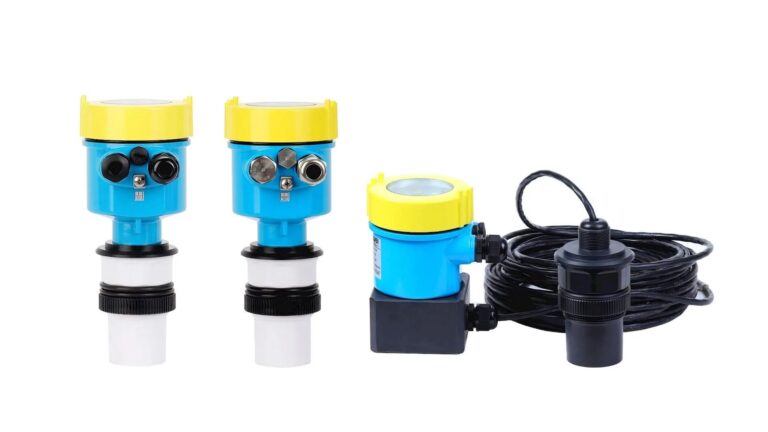
Conclusion
Ultrasonic level sensors, with their non-contact measurement, high precision, and strong anti-interference capability, have become indispensable tools in natural water body monitoring. From rivers and lakes to wetlands and coastal zones, their application significantly enhances hydrological data accuracy and environmental management. Looking ahead, the integration of smart sensing and AI-driven analytics will further elevate the role of ultrasonic sensors in sustainable water resource management.
